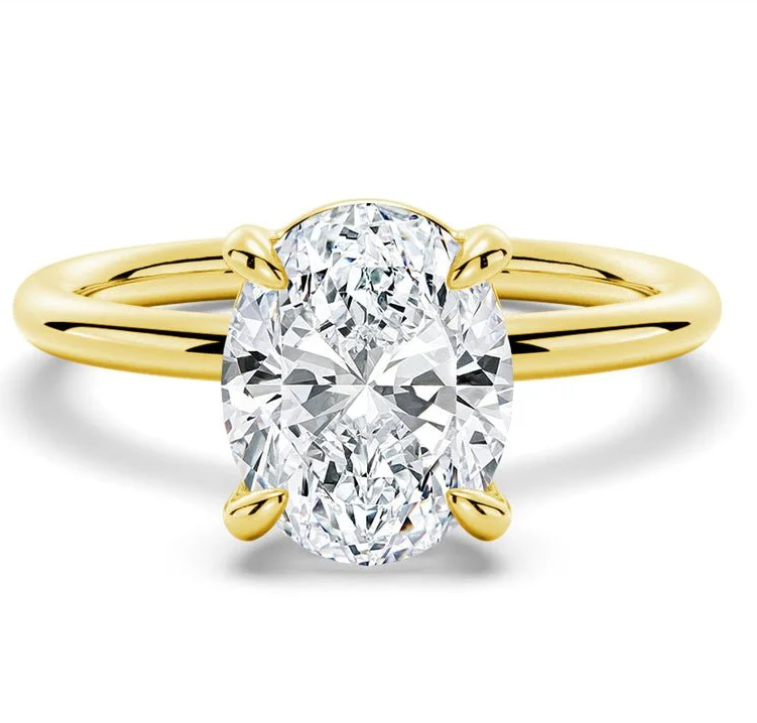Unlocking the Secrets: K Gold vs. Gold Plated Jewelry
Gold jewelry has always been a symbol of elegance and timeless beauty. Among the various types available, terms like solid gold, K gold, and gold plated are frequently mentioned. While solid gold is widely understood, the differences between K gold and gold plated jewelry often leave people confused. In this article, we’ll dive deep into what sets these two apart, helping you make an informed decision while exploring high-demand, low-competition jewelry pieces that are perfect for everyday luxury and affordable elegance.
What Is K Gold?

K gold, short for karat gold, is a blend of pure gold and other metals such as copper, silver, or zinc. The purity of K gold varies based on the ratio of gold to other metals, resulting in classifications like 24K, 22K, 18K, and 14K gold. For example, 24K gold is 100% pure gold, while 18K gold—commonly used in necklaces and rings—contains 75% pure gold mixed with 25% other metals. Popular varieties of 18K gold include white gold (K white), yellow gold (K yellow), and rose gold (K rose). Despite the addition of other metals, the primary component of K gold remains gold, making it a durable and valuable choice for statement jewelry and long-lasting accessories. It is also a solid alloy with lasting value, perfect for investment-worthy jewelry like custom engagement rings and minimalist daily wear.
What Is Gold Plated?

Gold plated, on the other hand, is a finishing process—a key distinction that sets it apart from K gold. While K gold is a precious metal alloy, gold plated is a technique applied to enhance the appearance of jewelry. Many people assume gold plated only refers to coating copper with a layer of 18K gold. While copper gold plated is common, it’s not the only type. Professionally, gold plated can be divided into two categories:
-
Homogeneous Gold Plated: This involves applying a layer of gold to the surface of solid gold or K gold jewelry. The purpose is to enhance shine and durability. For instance, an 18K gold piece may be plated with an additional layer of 18K gold to improve its luster and resistance to tarnish.
-
Heterogeneous Gold Plated: This refers to plating non-gold materials, such as silver or copper, with a layer of gold. Silver gold plated and copper gold plated fall under this category. The goal is to mimic the appearance of solid gold while keeping costs low, making it an excellent option for trendy, budget-friendly jewelry and fashion-forward pieces.
Which Lasts Longer?
As a cornerstone of affordable luxury jewelry, solid K gold pieces like 14K gold minimalist rings and 18K gold everyday necklaces are forged from a durable alloy that withstands the test of time, developing a unique patina while maintaining structural integrity. These long-lasting fine jewelry pieces become heirloom-quality accessories that can be passed down generations. In contrast, gold plated jewelry serves as perfect trendy seasonal pieces—ideal for experimenting with modern vintage styles without commitment—but its thin layer will naturally diminish with frequent wear. For those building a curated jewelry collection, investing in hypoallergenic K gold earrings or stackable 14K gold bracelets proves wiser than constantly replacing fading plated items. The verdict is clear: while gold plated wins on immediate affordability, K gold reigns supreme for sustainable jewelry that evolves with your personal style.
Find Your Dream Piece in Taylor Kom.
Whether you're looking for a minimalist everyday piece or a special anniversary gift, understanding these differences will help you choose better and you can find more in Taylor Kom.
Share





















